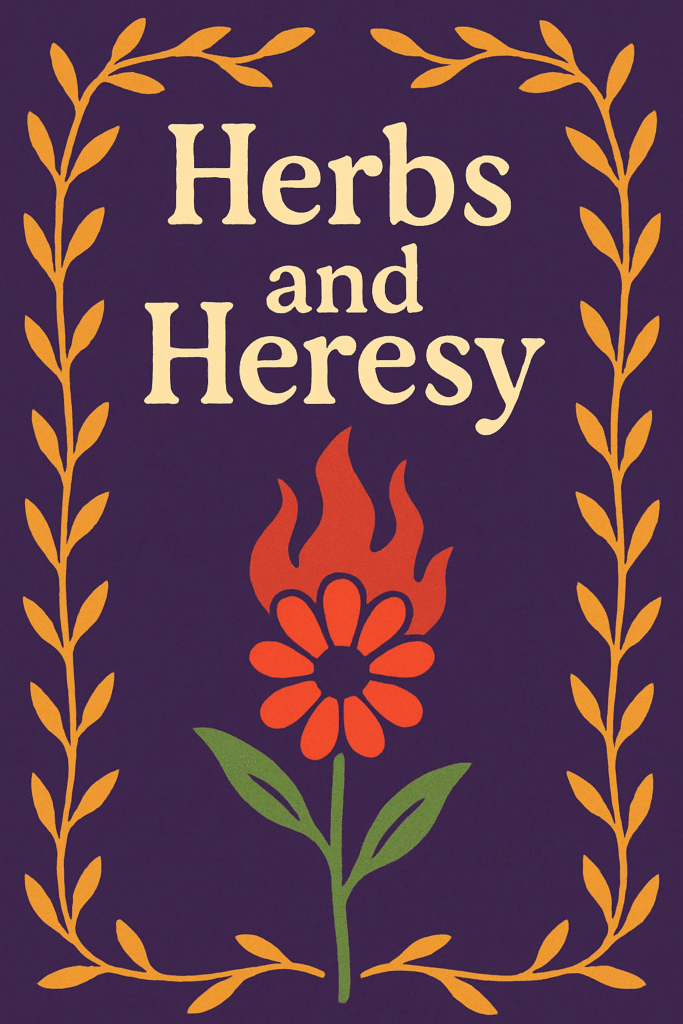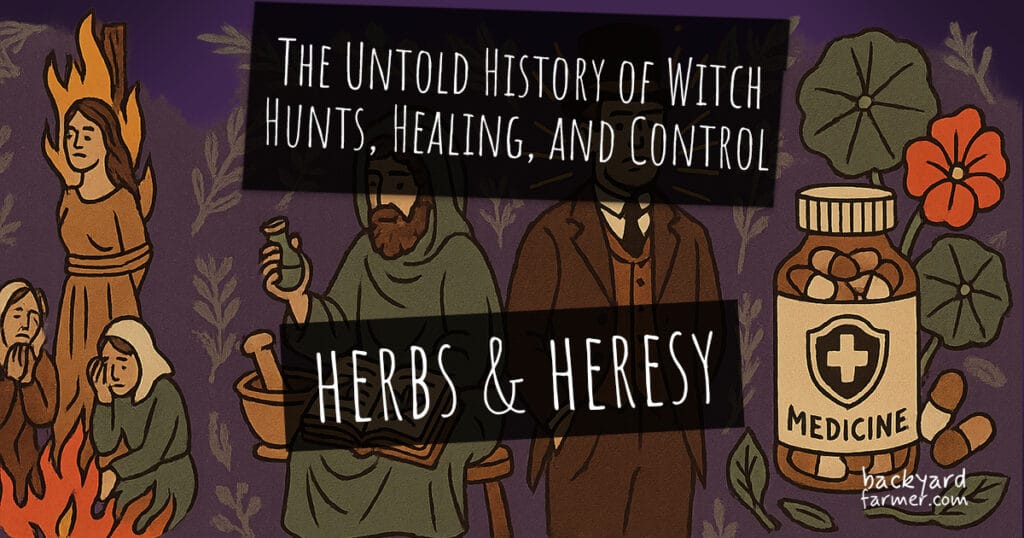Introduction
Throughout history, the line between science and superstition has been razor-thin. What one generation views as knowledge, the next may condemn as dangerous, even heretical. Nowhere is this more evident than in the witch hunts of the past—a period that saw healers, midwives, and herbalists persecuted not just for what they practised, but for what they represented: an alternative way of understanding the world.
This book does not claim to have all the answers. Instead, it explores the history, evidence, and power dynamics that shaped medicine’s evolution. By presenting trial records, historical texts, and modern parallels, my intent is not to push an agenda but to offer a perspective that allows you to form your own conclusions.
My interest in herbs, natural healing, and holistic knowledge inspired this journey. The more I explored the history of medicine, the more I saw the fingerprints of the past still lingering today. Many of the treatments that were once condemned as “witchcraft”—the use of plants for pain relief, herbal remedies for common ailments—have since been validated by science, yet remain overshadowed by the pharmaceutical industry and regulatory barriers.
This book examines how medicine moved from the hands of the people into the control of institutions, and how this shift continues to shape our understanding of healing. Were the witch hunts really just about fear, or were they also about consolidating authority? How much knowledge was lost in the process? And most importantly, what can we learn from this history?
I invite you to read, question, and decide for yourself. The past is not as distant as it seems, and the way we think about medicine today may be rooted in choices made centuries ago. By revisiting this history, perhaps we can reclaim some of what was lost and create a more balanced approach to healing—one that respects both scientific progress and the wisdom of tradition.
Let’s begin. (Download on Kindle)


